The Challenge: We have made important progress to reduce malnutrition worldwide over the past decade—but the work is not finished.
At the 2012 World Health Assembly (WHA), 192 countries agreed to the first-ever set of global nutrition targets while world leaders committed to a target to end “all forms of malnutrition” by 2030 as part of the United Nations (UN) Sustainable Development Goals (SDGs). And nearly 50 million fewer children were stunted in 2018 compared to 2000.
However, malnutrition continues to be a driver of poverty and inequity—with the gravest impacts on young children.
- Poor nutrition underpins nearly half of all child deaths.
- An estimated 149 million children under age five are stunted (too short for their age) as a result of chronic undernourishment; many of these children are subsequently cognitively impaired.
- Another 49 million children are wasted (underweight for their height).
- Child obesity and overweight is increasing at an alarming rate. In the next decade, it is estimated that over 40 million infants and young children will be affected by overweight and obesity, the vast majority of them living in lower and middle-income countries.
The Opportunity: We know more now than ever before about how to tackle the challenge.
Improving nutrition during the critical 1,000-day window between pregnancy and a child’s second birthday is one of the best investments donors and countries can make to ensure brighter, more prosperous futures. Improved nutrition can save lives and grow economies—and nutrition investments are proven to have a high return on investment.
Nutrition for Growth (N4G) is an opportunity for countries and other partners to make specific, measurable commitments toward achieving these targets and putting the world on a path to greater prosperity.
The path to ending malnutrition worldwide will require greater investment, political commitment, and scale up of interventions.
<1%
Spending on high-impact life-saving nutrition investments account for less 1% of global development assistance.
$23
For every dollar invested in addressing undernutrition, a return of $23 is expected.
3.7M
3.7 million lives could be saved by 2025 with the right investments in nutrition.
An investment of $7 billion per year is needed from donors and governments to reach the global targets to reduce stunting, wasting, anemia in women, and increase exclusive breastfeeding rates.
This can be achieved—but requires a significant shift in funding. Far too little global development assistance is dedicated to nutrition, despite the fact that malnutrition causes massive economic losses, health risks, and cognitive impairments—which are tied to 45% of all deaths of children under age five.
Learn more about upcoming N4G events to better align nutrition investments and policies.

Success Stories
A video message from the President of Timor-Leste
Recipes for success in Sri Lanka: the SUN Movement powering change through the national School Meal Programme
Photo: SUN Movement For nearly a century, Sri Lanka’s National School Meals Programme has been…
Family Larsson-Rosenquist Foundation funds new breastfeeding resources and research
Illustration: Nadja Stadelmann The Family Larsson-Rosenquist Foundation (FLRF) committed to spend 75 to 100 million…



